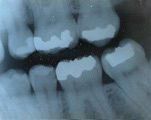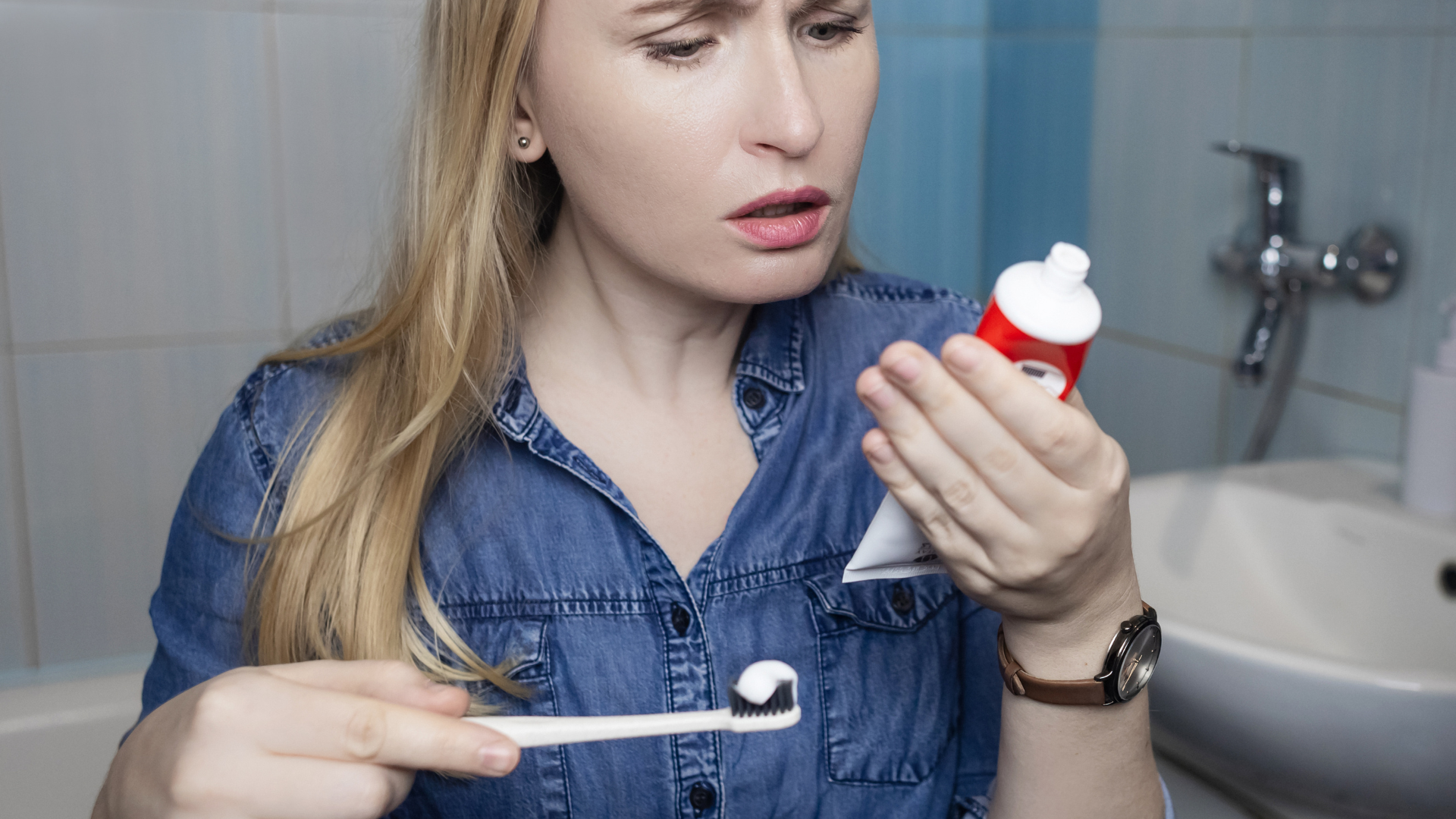Bitewings
- used to help diagnose cavities between the teeth, as these areas are not visible when looking directly in the mouth
The term x-ray is actually referring to the radiation that is used to make the image on the film. The radiograph or picture on the film is the resultant picture that we see. A radiograph is an extremely important diagnostic tool. These pictures show us many things that are not visible by just looking in the mouth. Therefore, radiographs are an essential part of a thorough and complete examination. In order to do a proper checkup, it is important that radiographs are used to help with the visual exam. Without the proper use of both, an inferior examination and inferior treatment will result.
Radiographs show the dental professional things that are not visible to the naked eye. It is also important that old and new radiographs are compared in order to achieve an accurate diagnosis.
Typically, radiographs need to be taken about every year to 18 months. This is considered the standard of care in dentistry. We prescribe the appropriate type, number and frequency of x-rays based on your needs. Not everyone needs a cleaning and check-up every three months; as well, not every patient needs radiographs as often as the next person. However, some patients may need to have radiographs taken more often. For example, an adult who has had no problems at their last few dental check-ups, and who maintains good oral hygiene at home, may not need check-up x-rays every year.
The ionizing radiation that you receive from one dental x-ray is substantially less that the radiation you receive every day from the sun and stars. Advances in technology have made dental x-rays much safer. Doses of radiation are kept at the lowest practical value to minimize patient exposure. This is done with the use of a long cone position-indicating device, appropriate settings on the machine and using newer, high-speed film. However, it is important to remember that any unnecessary radiation, even a small amount, can damage body tissues. It must be decided if the benefit outweighs the potential risk.
Many times a radiograph is necessary to diagnose certain conditions; and therefore, the benefit outweighs the risk . It has been proven that x-rays have a minimal risk on a pregnant woman and her unborn baby. However, radiographs for pregnant women are only taken in an emergency situation.
Patients always wear a lead apron and thyroid collar to avoid unnecessary radiation to other parts of the body. This is also the reason that the radiographer leaves the room when taking a radiograph. As the radiographer is receiving no benefit from the exposure, the risk highly outweighs the benefit.

Bitewings

Periapical
Panoramic


All Rights Reserved | Great Northern Dental Associates, PC